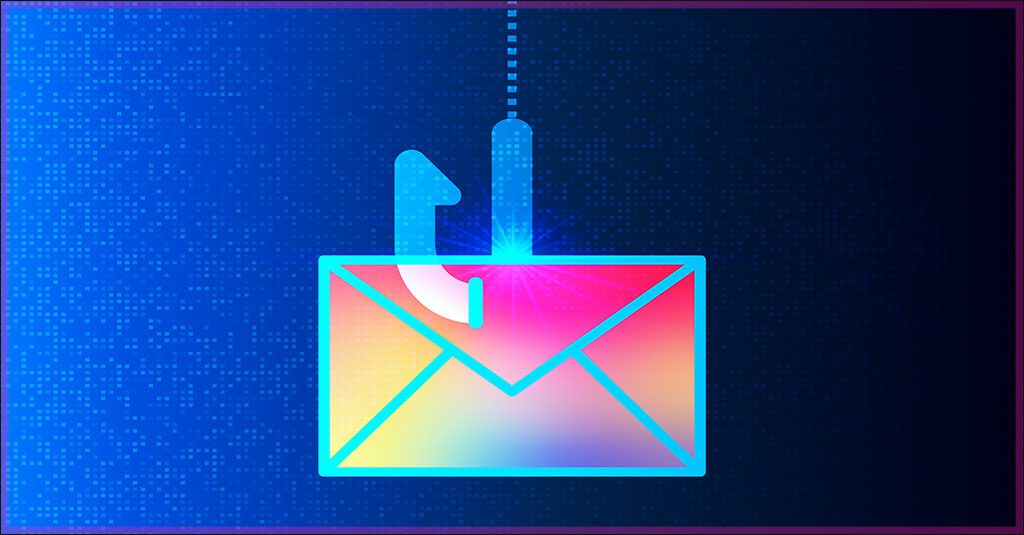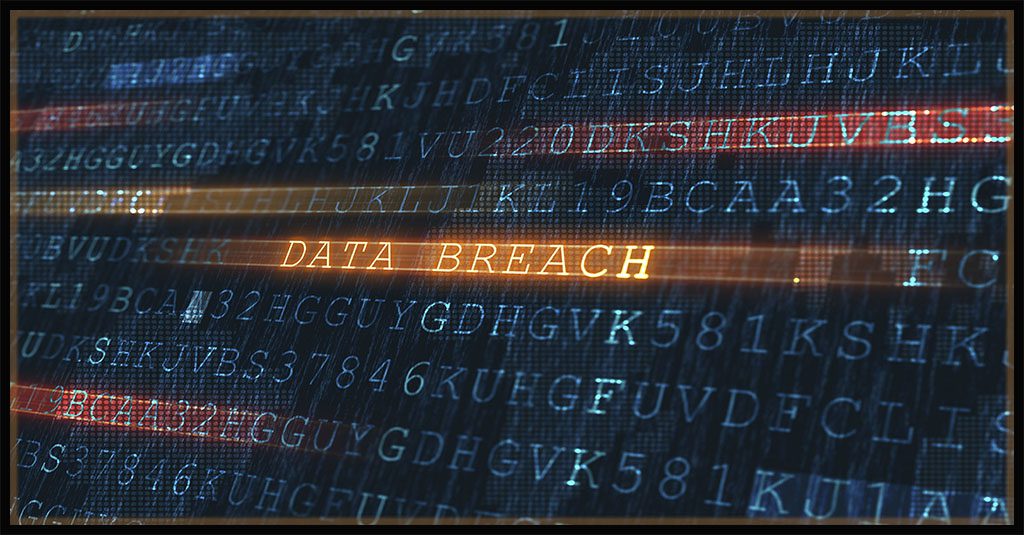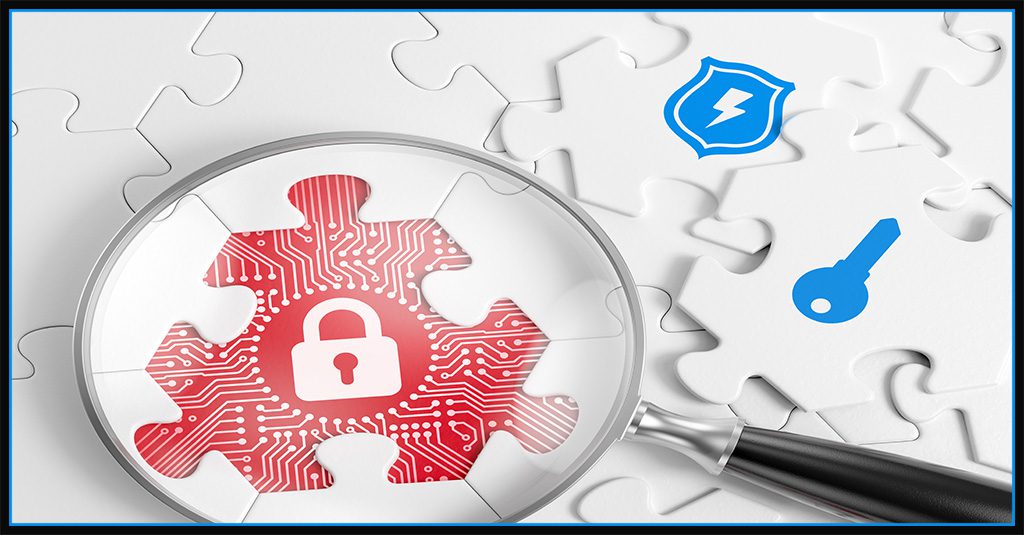What to Do if You Click on a Phishing Link

Phishing emails are the preferred choice of hackers for launching cyberattacks — and for good reason. Phishing has a high success rate and low upfront costs, and a malicious message can be sent to thousands of unsuspecting, susceptible targets over a short period. In fact, 9 in 10 cyberattacks start with a phishing email, and the advent of AI tools, like ChatGPT, has only made phishing easier. Today’s cybercriminals are creating highly sophisticated emails featuring social engineering scams that can fool even the most wary professional. That’s why it’s important to be aware and alert whenever you’re about to open any links through emails, even ones sent from friends and family. We’ve outlined the best ways to handle phishing emails below to help you avoid cyberattacks, but first, let’s take a look at how you can identify a phishing link.

What cybercriminal tricks do employees fall for in phishing simulations? Find out in this infographic. GET IT>>
How do you know if you clicked a phishing link?
Let’s say you’re distracted or rushing work to meet your deadlines and accidentally click on a link you’ve received through a suspicious email. How do you confirm your suspicions?
It may seem difficult, but there are certain signs you can look for to identify a phishing link. Here are a few examples:
- Hover over the link: Identifying a fraudulent link can be as simple as hovering your mouse cursor over the hyperlinked text to preview the link’s destination. If the hyperlink doesn’t match the link displayed, assume it’s a phishing link.
- Use a URL/link checker: There are several free link-checking tools available on the web that you can use to check the validity of a website. Google Transparency Report serves as an ideal example that lets you quickly determine the safety of a URL.
- Verify the website’s information: If you feel unsure of the website’s authenticity and are worried about it being a phishing website, cross reference the contact information, or contact page, displayed on it. Verify the domain name and use domain trackers as an additional measure to help distinguish a genuine website from a counterfeit.
- Requesting personal information quickly: If the link directs you to a website that asks you to submit personally identifiable information (PII) or financial information with a sense of urgency, it’s a red flag. Always check the authenticity of a website before divulging any sensitive information.
- Spelling and grammar: If the link leads you to a website or landing page containing grammatical or spelling mistakes, it’s probably a phishing attempt. Organizations today are very particular about their consumer-facing language, content and format, so finding such errors is unlikely.
Remember, stay calm and act with caution. While hackers can fail multiple times, you on the other hand, have to slip just once.

Explore how AI technology helps businesses mount a strong defense against phishing GET INFOGRAPHIC>>
What happens if you click on a phishing link?
In the unfortunate event that you click on a phishing link, you will most likely be redirected to a fake website or download page of a company or product that may seem legitimate at first glance.
Bad actors create these pages for a variety of reasons, and none of them are good. Cybercriminals may lure you onto a malicious webpage to:
- Achieve their financial goals: Cybercriminals start most phishing campaigns for financial gains. They create phishing links to obtain your financial data, like login credentials for online banking and credit card details to carry out fraudulent transactions. They can also sell your PII on dark web forums.
- Steal your identity: Malicious links can also allow bad actors to steal your PII, such as your social security number and email credentials, which can then be used to commit criminal activities using your identity.
- Distribute malware/ransomware: Phishing links may prompt the download of malicious software that can wreak havoc within your network, track online activities or grant bad actors complete remote control of your devices and data.
Can you get a virus by clicking on a phishing link?
Yes, you can get a virus by clicking on a phishing link. A phishing link can direct you to a website containing malicious code or directly triggers malware download, like ransomware. The malware then infects your system, compromises data and causes significant damage.
Can you get hacked by clicking on a phishing link?
Yes, clicking on a phishing link enables cybercriminals to identify your location, device stats and settings. If you divulge your email credentials or personal information when prompted, bad actors can steal business-sensitive data and gain unauthorized access to your organization’s network.
Clicking on a phishing link may also automatically trigger the installation of viruses and malware, such as ransomware and spyware.

Get the scoop on 5 of the worst email-based attacks plus tips to protect businesses from them. GET INFOGRAPHIC>>
What to do if you click on a phishing link?
Now that you understand the dangers associated with falling victim to phishing campaigns, let’s see how you can avoid phishing traps to ensure continued IT security for your organization.
Never enter data or provide information
As a rule of thumb, if an email link redirects you to a website requesting any personal information, don’t give it. Carefully check the credibility of the website using the tips provided above. If you’re still unsure about the site’s legitimacy after checking it out, simply exit the page.
Disconnect your device from the internet and network
As mentioned above, just clicking on a phishing link may trigger an automatic download of malicious software, like ransomware. If you think you’ve clicked on a malicious link, immediately disconnect your device from your company’s network and Wi-Fi, and inform your manager and tech support.
Locate and delete any automatic downloads
If you feel like you clicked on a phishing link, do some detective work and scan your system and devices for any unfamiliar files or recent downloads. Do not open them if you don’t recognize them — simply delete them. The files may contain malware or viruses. Taking the time out to discover such downloads can be a lifesaver.
Back up your data
With cybercriminals growing more aggressive in their approach, losing all your data is a real threat. With the widespread adoption of wiper malware, backing up your data is critical. Having backups can save your organization from lost business, delayed operations, lost productivity and expenses.
Develop an effective data management strategy and save and update your data on external storage systems for improved security and recovery. Solutions that automatically back up data are helpful.

See what the biggest cybersecurity challenges are right now in our Mid-Year Cyber Risk Report 2023. DOWNLOAD IT>>
Change credentials and passwords
The moment you feel like you’ve entered your credentials and passwords on a fraudulent website you visited through a suspicious email, leave the page immediately, log out from all devices and change your credentials. Remember, hackers can harvest your credentials through phishing links.
Regardless of whether a phishing attack’s successful or not, setting strong new passwords is an effective way to prevent cybercriminals from gaining access to your user account, which may include saved usernames and passwords. Make a note to change your passwords regularly and never reuse a password.
Report the phishing incident to the necessary parties
If you’ve fallen prey to phishing, the first step you need to take is to follow your company’s stipulated cybersecurity policies and report the incident to your manager and IT security department. The Federal Trade Commission also recommends that you report it to the concerned regulatory bodies and notify your customers (if suggested by your IT department).
Scan your device and network for malware
It’s also highly recommended that you use all the IT security scanning solutions readily available to scan your entire network and connected devices. If you’re not in IT, contact the relevant personnel for assistance immediately. A good IT risk management tool will help detect and manage any malware discovered across the network, which may have resulted from an automatic download that you, or a colleague, accidentally set off. Scan your network frequently for any vulnerabilities and fix them before cybercriminals exploit them.
Set up a fraud alert with credit monitoring agencies
Setting up a fraud alert makes it difficult for bad actors to open an unauthorized account using your stolen credentials. It informs creditors that your identity is, or may be, subjected to cybercrime, prompting them to proceed with caution and take additional steps before creating an account.
Proceed cautiously and stay vigilant
Fighting the urge to panic is an essential part of fending off a phishing attack. Be practical in your approach to handling the situation. Educate yourself about the latest trends, technologies and practices cybercriminals are adopting to improve their scams. Don’t rush to open unfamiliar emails and links.
However, there’s only so much you can do on your own. That’s why employing effective phishing prevention solutions is critical.

Finding the fix for your security & compliance training challenges is easy with our buyer’s guide! GET YOUR GUIDE>>
Fortify your phishing defense with BullPhish ID and Graphus
When it comes to strengthening your cybersecurity defenses against phishing, there’s no better ally than ID Agent, a trusted provider of robust phishing security and dark web monitoring solutions.
BullPhish ID provides companies with comprehensive security awareness and phishing resistance training programs. Choose from pre-made or customizable phishing simulation kits and a wide array of security training videos with quizzes. Plus, automate delivery through personalized user portals that track progress and automate reporting to stakeholders.
Graphus is an AI-based anti-phishing email security solution that makes catching and quarantining phishing emails effortless. Graphus spots and stops even the most sophisticated phishing threats to keep phishing messages away from employees and warn them if an unusual message arrives in their inbox.
Schedule a demo today and experience phishing prevention like never before.

Read case studies of MSPs and businesses that have conquered challenges using Kaseya’s Security Suite. SEE CASE STUDIES>>

Our Partners typically realize ROI in 30 days or less. Contact us today to learn why 3,850 MSPs in 30+ countries choose to Partner with ID Agent!
Check out an on-demand video demo of BullPhish ID or Dark Web ID WATCH NOW>>
See Graphus in action in an on-demand video demo WATCH NOW>>
Book your demo of Dark Web ID, BullPhish ID, RocketCyber or Graphus now!